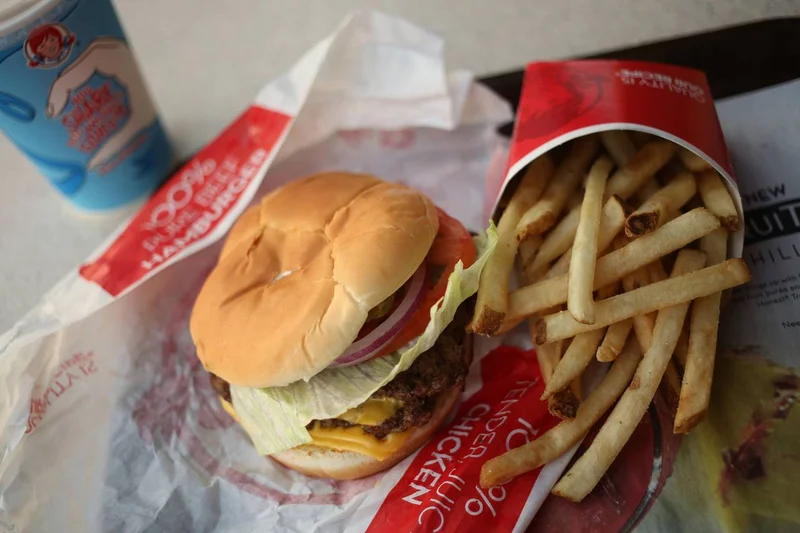BTC Signals Pro | Bitcoin Trading Alerts & Market Insights
BTC Signals Pro | Bitcoin Trading Alerts & Market Insights
Wendy's is making a move. A big move. They're planning to shutter 200 to 350 underperforming locations across the US, starting in 2025. Now, I know what you're thinking: closures? That sounds like bad news. But what if I told you this could be the key to unlocking a whole new level of success, not just for Wendy's, but for the fast-food industry as a whole? This isn't a retreat; it's a strategic realignment, a chance to double down on what works and create a leaner, meaner, burger-slinging machine.
Think of it like pruning a rose bush. You might wince at the thought of cutting away branches, but it's essential for stimulating growth and producing even more beautiful blooms. Wendy's is essentially doing the same thing, cutting away the dead weight to allow the remaining locations to flourish. The goal? To empower franchisees to invest in their existing restaurants, boosting sales and profitability at nearby locations. It’s about quality over quantity, a concept that resonates deeply in today's market.
This isn't just about closing doors; it's about opening new opportunities. By consolidating resources and focusing on high-performing locations, Wendy's can invest in innovation, improve customer experience, and ultimately, deliver a better product. Maybe this means more streamlined drive-thrus, cutting-edge ordering technology, or even enhanced employee training programs. The possibilities are endless, and it all starts with this bold decision to streamline the operation. And with the new "Tendys" already flying off the shelves – some locations selling out before advertising even started – it's clear that Wendy's has a finger on the pulse of what consumers crave. It’s a perfect storm of strategic downsizing and product innovation.

Now, let's zoom out for a second. Wendy's isn't the only player in the fast-food game, and their struggles aren't unique. Rivals like McDonald's, Burger King, and Shake Shack have all posted positive earnings, highlighting a clear divide between the winners and losers in this increasingly competitive landscape. Wendy's closures come a year after shuttering 140 other locations, so it’s clear they are trying to find a solution. This makes me wonder, will this be a catalyst? Will other chains follow suit, re-evaluating their own portfolios and making tough decisions to stay ahead of the curve? We might be on the cusp of a fast-food renaissance, a period of reinvention and revitalization driven by a commitment to efficiency, innovation, and, most importantly, customer satisfaction. According to Wendy’s is closing hundreds of restaurants - CNN, the closures are expected to begin in 2025.
Imagine a future where every fast-food experience is exceptional. Where orders are accurate, service is fast, and the food is consistently delicious. This isn't just a pipe dream; it's a tangible goal that can be achieved through strategic investments and a relentless focus on quality. But what about the communities that will be affected by these closures? What measures will Wendy's take to support displaced workers and mitigate the impact on local economies? It's a crucial question that needs to be addressed as Wendy's embarks on this transformative journey.
This reminds me of the early days of personal computing. Remember when computers were clunky, expensive, and accessible only to a select few? Then came the PC revolution, driven by innovation, affordability, and a relentless pursuit of user-friendliness. We're seeing something similar happen in the fast-food industry. The chains that embrace change, invest in technology, and prioritize customer experience will thrive, while those that cling to outdated models will be left behind.
This isn't just about burgers and fries; it's about the future of an entire industry. Wendy's decision to close underperforming locations is a bold move, but it's also a necessary one. By streamlining operations, investing in innovation, and prioritizing customer experience, Wendy's can emerge stronger, more competitive, and better positioned to thrive in the years to come. And who knows, maybe this is just the beginning of a fast-food revolution, a transformation that will ultimately benefit everyone. I, for one, am excited to see what the future holds.